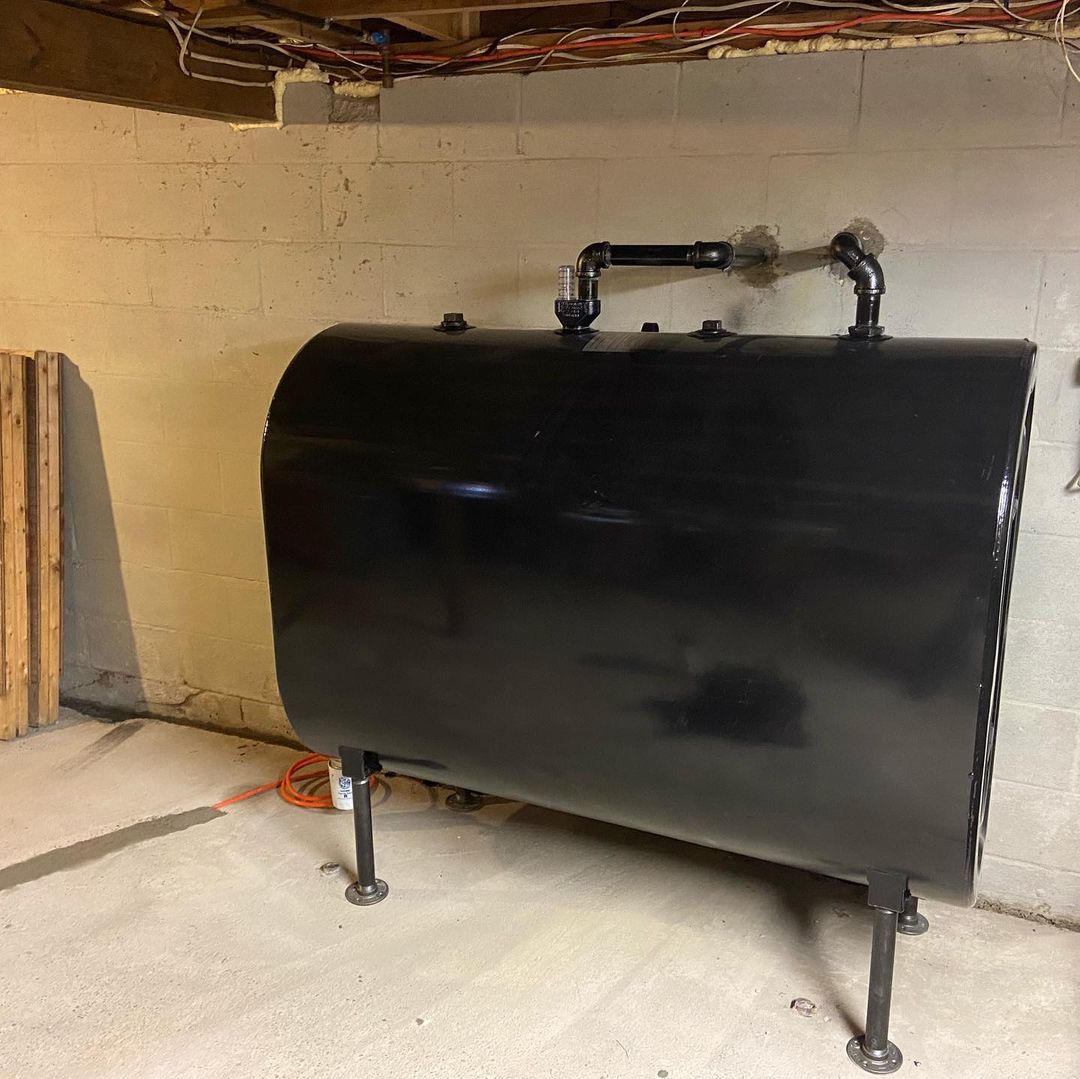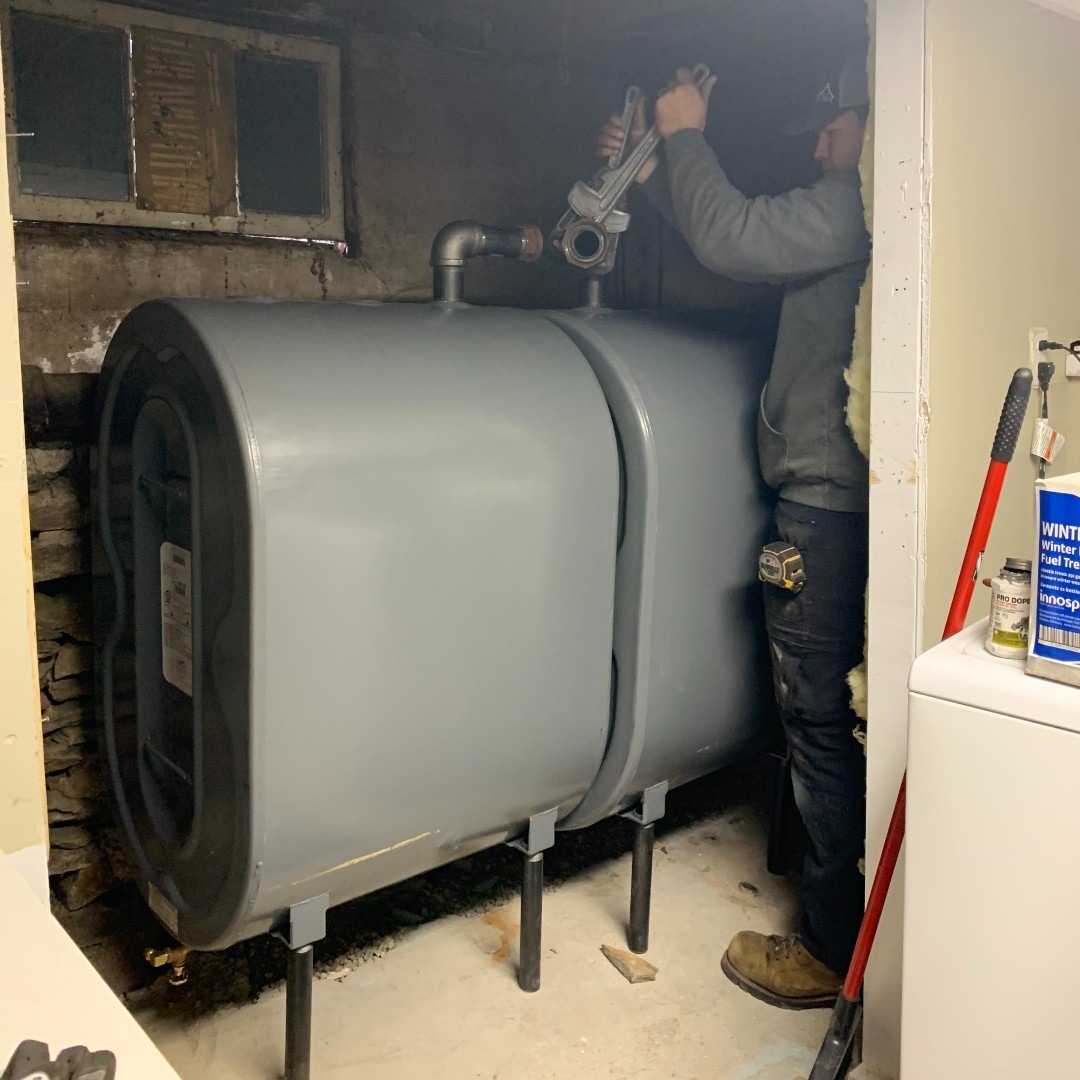Tips in Buying a House with an Underground Oil Tank
When looking forward to your home, getting value for your money is ideal. Your home offers the space to settle, raise your kids, and make pleasant memories in it. Therefore, identifying any loopholes which can endanger your safety in the future is a top priority before closing the deal. For instance, if you get a house with an underground oil tank, there are specific procedures you should consider, as outlined below.

Oil Tank Inspection
Before taking ownership of the home, it is advisable to do a professional inspection to identify the underground oil tank’s current status. The remediation you would encounter from the tank is typically the seller’s responsibility before buying it. However, once you sign the papers, any repercussions that will arise in environmental harm that limit everyone’s safety around the area become your responsibility.
If any contamination arises, it may result in considerable financial loss, which you would have avoided with a professional inspection. Thanks to a review, you can identify any leak from the supply and return piping from the tank to the oil burner. It eliminates any possibilities of leakage and even an environmental hazard.

Furthermore, the inspection process can result in different scenarios. You may also come across an abandoned underground tank, which is undisclosed. Both scenarios can significantly affect you in the long run.
Eliminate Doubt on a Mysterious Underground Tank
When there is an underground tank you discover by chance that can’t be accounted for, always tread carefully. It also involves evaluating any piping present, not sure there was a tank in place. Ideally, you will also inquire from the fire department about any oil tanks in the area.
Two options will come up. First, you may obtain the records showing there is an underground oil tank on the property. Alternatively, you may also come across an official permit showing the tank’s removal under the supervision of a professional contractor. Both instances are a positive sign giving you the green light to go ahead when making the purchase.
However, should you encounter a case where you have a pipe in the area without the tank, proceed with caution. A professional oil tank services company can identify any hidden oil tanks through the signal trace test method. With advancements in technology, digging up the ground in a trial and error method to determine the presence and location is a thing of the past.

Removal of the Tank
After a professional inspection, sometimes the best alternative lies in the removal of the tanks.
In such an instance, if there is an underground oil tank that is not in use, the removal should be prompt to prevent any contamination that may occur to the environment. Additionally, the tanks may also undergo severe wear and tear with corrosion, which further weakens their walls, triggering a collapse and ground sink in the area. A professional removal, as with the https://www.simpletankservices.com/ blog, assures you of enhanced safety. You should know how the seller removes it before making the final step in gaining ownership. Alternatively, you may opt to split the removal costs between yourself and the seller.
Consider Above Ground Option
Sometimes if you are bent on purchasing the home, living with the oil tank is the only solution. If the underground oil tank is in active use, the inspection will show any noticeable weaknesses that can endanger its function in the long run. In such a scenario, a revamp to have it above ground is ideal.

With oil tank reclamation experts’ help, getting a unit fit and safe for use is a phone call away.
Are You Certain on Zero Contamination?
Before purchasing the house on sale, confirm that the soil is fuel contamination free. It saves you the hassle that would arise in the future.
Any stains will mean contamination present. It would mean lurking dangers which you would possess once you gain property ownership. Suppose there was contamination before you bought the house, but it is discovered when you are the owner. In that case, it is up to you to make the necessary procedure to decommission the tank and have a safe cleanup of the contamination area.
Know About Your Insurance
More often than not, Mortgage lending institutions tend to shy away from offering financing options if the home has an underground oil tank. In such a scenario, you can shop around for the relevant financing to acquire the home. Additionally, the insurance company may also be hesitant to offer property protection if there is a tank underneath. The inspection will help you eliminate any setback you could experience with the above.

Find Out if it Has an Exception.
Sometimes, the trunk will be subject to an exception of removal, depending on the circumstances and location. For instance, if the tongue is running under a permanent physical structure, it is exempt from removal. Additionally, if the underground oil tank’s removal would trigger the diminishing construction of surrounding buildings, the removal is foregone. However, if you buy the property, you will have to declare it inactive. Furthermore, you will have to put measures in place to ensure it is no longer in use.
Remember that their responsibility for removing an underground storage oil tank falls solely under your jurisdiction as the property owner once you take ownership.
Know the Seller’s Obligations
It will be in your best interest to enter into the purchase agreement when you are fully aware of the seller’s obligations to add the home with an underground storage oil tank. For instance, you should have a property disclosure statement from the seller, highlighting any information on the tank’s presence and its potential leakage and harm. Sometimes, the seller indicates any information contrary to what may arise in the future. All financial obligations will fall in their court as a breach of the contract.

Ultimately, think of the exorbitant costs you would pay up when you discover in the future about any contamination or leak that you may encounter in the future. Remember, you should only make an offer to purchase the property when you are sure about the presence or absence and the surrounding areas’ prevailing conditions.






